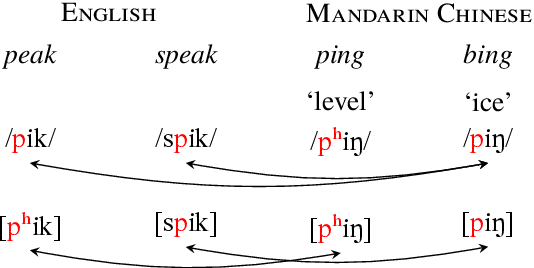AlloVera: A Multilingual Allophone Database
Paper and Code
Apr 17, 2020



We introduce a new resource, AlloVera, which provides mappings from 218 allophones to phonemes for 14 languages. Phonemes are contrastive phonological units, and allophones are their various concrete realizations, which are predictable from phonological context. While phonemic representations are language specific, phonetic representations (stated in terms of (allo)phones) are much closer to a universal (language-independent) transcription. AlloVera allows the training of speech recognition models that output phonetic transcriptions in the International Phonetic Alphabet (IPA), regardless of the input language. We show that a "universal" allophone model, Allosaurus, built with AlloVera, outperforms "universal" phonemic models and language-specific models on a speech-transcription task. We explore the implications of this technology (and related technologies) for the documentation of endangered and minority languages. We further explore other applications for which AlloVera will be suitable as it grows, including phonological typology.
 Add to Chrome
Add to Chrome Add to Firefox
Add to Firefox Add to Edge
Add to Edge